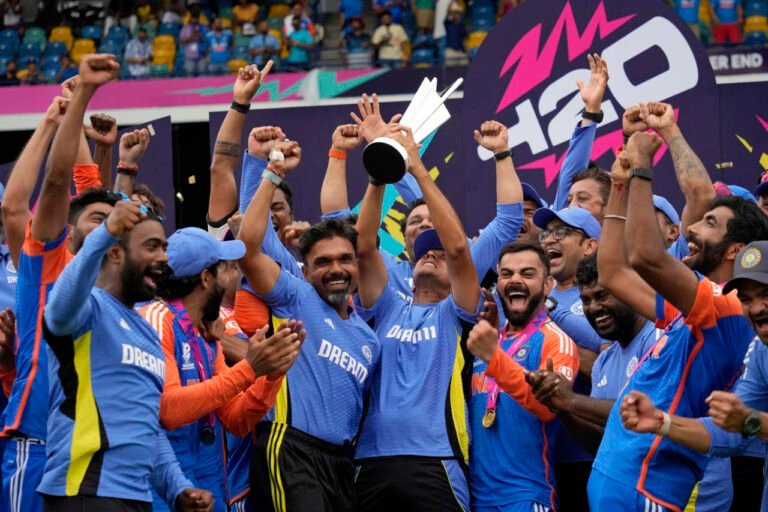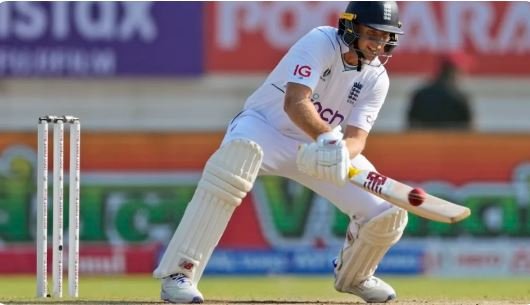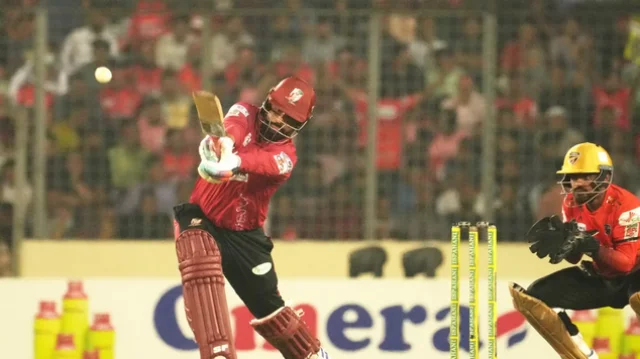The Famous Gabba Test 2020-21: India Clinches Epic Series Win Against Australia
Throwback to the Famous Gabba Test 2020-21: India emerged victorious in a thrilling conclusion to the Test series against Australia at the Gabba.
Australia loses for the first time in thirty-two years at Gabba thanks to the heroics from Shubman Gill (91), Rishabh Pant (89*), and Cheteshwar Pujara (56).
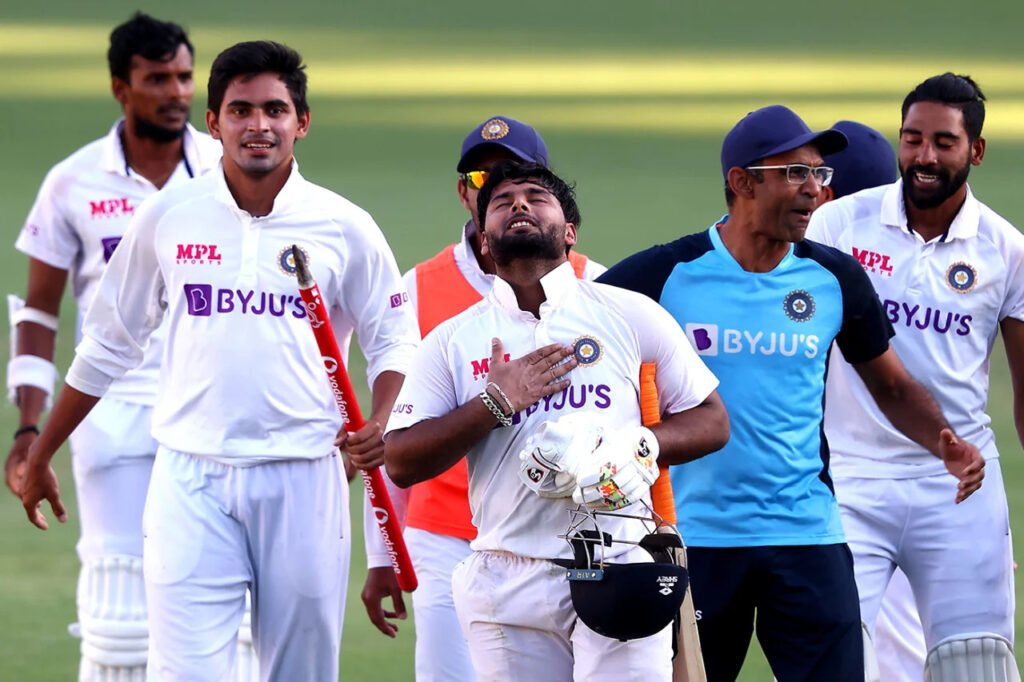
India defeated Australia 369 and 294 by three wickets with 329 for 7 (Gill 91, Pant 89*, Pujara 56, and Cummins 4–55) and 336.
Maverick developed into a man of maturity, and with just three overs remaining in the last Test of an outstanding series, India secured a historic victory at the Gabba. Rishabh Pant, the recently-minted superstar, punctuated the end by calling this one of the nicest things that had ever happened to him. At the presentation, he could hardly contain his emotions.
That was, in cricket terms, a perfectly timed unbeaten 89 that helped end Australia’s 32-year winning streak at this venue and ensured India would win the series 2-1 with three wickets remaining.
After a number of partnerships had brought India to within 63 runs of victory, at which point they had lost Mayank Agarwal, Pant produced his most spectacular performance in the final hour of play. Pant and rookie Washington Sundar were left with the task of either going for the win or closing the gates.
The two left-handers woke up and decided to use violence, to express it in words that their more experienced teammates would not understand.
Sundar faced Pat Cummins, who had emerged as the lone danger to India’s hopes as the other bowlers withered away, to start the last assault. With a superb check-punch past mid-off to score his first boundary against Cummins, Sundar signaled a shift in India’s pace. Initially, the goal was to engage in as much meaningful cricket as possible, but it gradually transformed into a competitive game of finding the target as fast as possible.
In an attempt to offset that, Cummins intended to tuck Sundar up into his chest, but he was caught for six. All bets were off when the next ball went past the cordon off the outer edge.
That meant that Pant was prepared to open up the leg side against Nathan Lyon after he had resisted crossing the line for over an hour after being stumped. The offspinner had bowled wide to Pant in the previous session, giving him just a slip as a close-in fielder, and had showed no evidence of trying to attack him.
If the strategy was to test Pant’s patience, it would fail in the 94th over as Pant ramped up by walking over his stumps. The following ball was a raucous sweep to the deep midwicket fence; a crack in the ground converted Lyon’s offbreak into an enormous legbreak that Tim Paine could not stop; with six overs remaining, India were within twenty-four runs of victory.
Also Read: India’s Triumph: Rewriting Cricket History in the 2011 World Cup
Also Read: 2015 Cricket World Cup Final: Australia Triumphs Over New Zealand
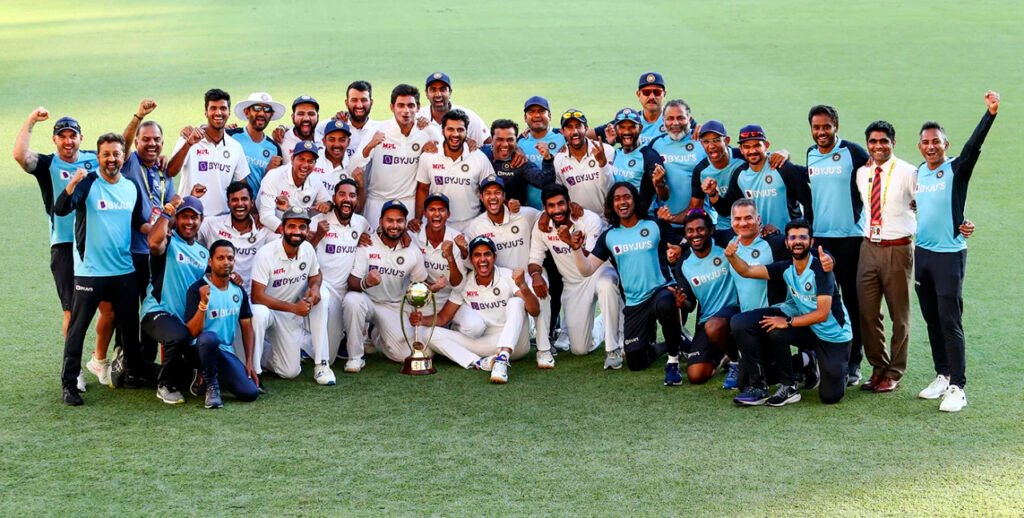
At this moment, Australia’s prospects hinged squarely on how chaotic the conclusion would be. Hope was raised when first-inning batting star Shardul Thakur misplayed a slog to midwicket after Sundar reverse-swept Lyon onto his own stumps.
But Pant earns his living by creating havoc. He was out of position for a pulled boundary in the final over of the innings, but he made it over when Thakur’s slog was still in the air, and he survived a splice to sweeper cover as he attempted to end with a six.
Two balls were being thrown at Josh Hazlewood, while Navdeep Saini was hurt at the opposite end. He unleashed a full shot down the leg side, missing with one hand as Pant attempted to sweep it. Pant was furious that he didn’t get called for a wide, but he was cool enough the next ball to stretch out and put a worn-out attempt at a yorker past the bowler to win.
Australia’s bowling game had been dominated by fatigue. India used the batting conditions to their advantage early on, which was a big improvement over the day before when Australia’s batters were hit by multiple deliveries that lifted up at them.
That might have resulted from Australia’s increased size or from the moisture brought on by the previous night’s rain.
However, that enhanced Shubman Gill’s opportunities for scoring. Despite the cloudy morning, the opener did not possess any demons or lateral movement. He confidently and frequently took the ball forward, maintaining the score’s momentum after Rohit Sharma was dismissed early.
On the other end, Cheteshwar Pujara seems to have been given the directive to just do his job and play good defence. India’s strategy for the day appeared to be to take the match deep in terms of both time and runs. Gill and Pujara were the ideal combination for that on that particular day.
Conversely, it gave Australia more time to adapt and try to take advantage of the surface fissures. That was the beginning of a day full of surprises for Pujara, who was hit three times on the helmet in addition to a blow to the thumb that left him on the ground for more than five minutes. He also had multiple injuries to his upper torso and midriff and once had to suffer eight off ninety-four.
By the end of the fifty-second over, Pujara had been out of control against just ten of the fast bowlers’ sixty-two short or short-of-good-length deliveries. Pujara took the hits from the players he couldn’t control, but in the end, Australia’s bowlers paid a price for this tactic as exhaustion set in.
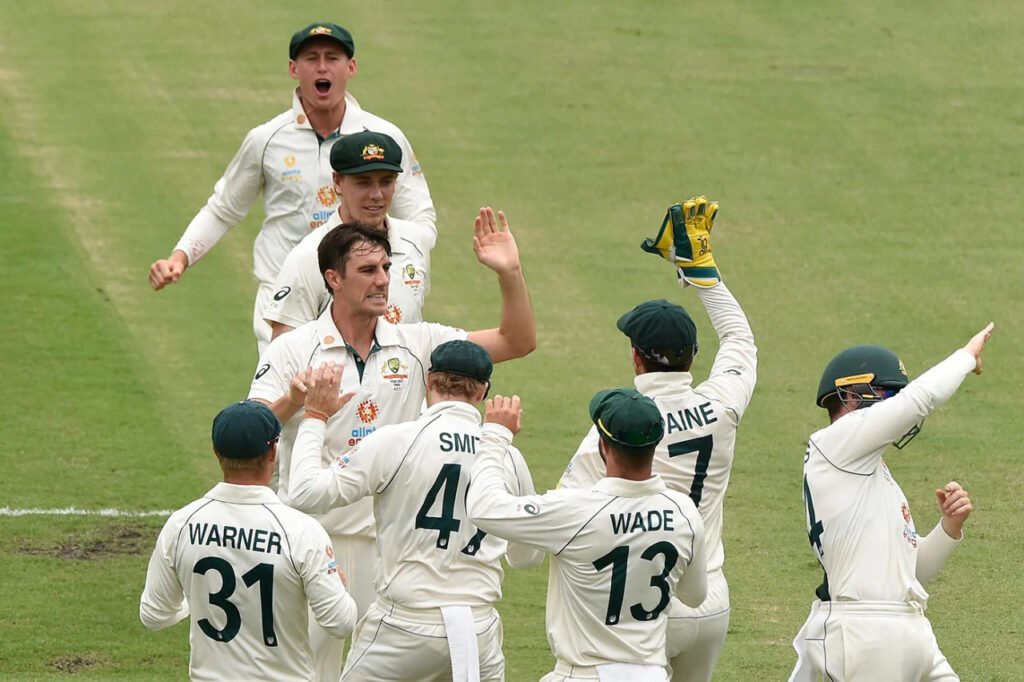
Pujara’s approach to the short ball was not a methodical, successful plan that would have taken Australia this close to getting him out; rather, it was a reflection of his style of play.
Gill, on the other hand, was happy with the short bowling, especially from Mitchell Starc, whom he removed from the attack for about twenty-five overs after he hit a hooked six, a slash over gully, and a pull through midwicket in the 46th over in quick succession. Even Pujara heaped pressure on the fast bowler with a boundary through point on the final delivery of the over, which ended up scoring twenty. Without taking a wicket, Starc bowled 16 overs in total and went for 75.
Gill lost his form during that counterattack, though, and allowed Lyon to slip as he attempted to drive a huge shot through the off side. When he fell, there were still 52 overs remaining and little under 200 runs needed for India, with a mid-session drizzle anticipated.
Ajinkya Rahane appeared unfazed by this, as he continued India’s two-pronged approach of batting for time on one end and runs on the other, coming out swiping and scything. Rahane’s 22-ball 24-run innings came to an end when he faced Cummins and lost ground while attempting to make a late cut. India would never again try to attack Cummins, but they would still target the exhausted bodies on the opposite end.
Pant, who had been in Sydney, was elevated to the No. 5 spot and displayed a hitting style that belied the rest of his power game. Pant barely took the modest baits Australia had set for him in their 61-run partnership with Pujara, who was trapped by Cummins as soon as the second new ball was taken. When he did, Paine was unable to grab the ball that Lyon had spun beyond Pant while attempting to clear a recently brought-in mid-on fielder.
Even though it’s never accurate to state that a single incident could have altered the outcome of the game, it did create a moving moment. It was the Australian captain, who had expressed during the last Test that he was eager to see India at the Gabba, who lost an opportunity to maintain the most dominant record of the Australian summer.


